Do Sunflowers Grow Year Round: Understanding the Growth Cycle of Sunflowers
No, sunflowers do not grow year-round. Sunflowers are typically annual plants, meaning they complete their life cycle in one growing season and do not live for more than one year. They grow from seed, produce flowers, and die off in the fall or winter. They are often associated with summer and fall, but many wonders if they can grow sunflowers year-round.
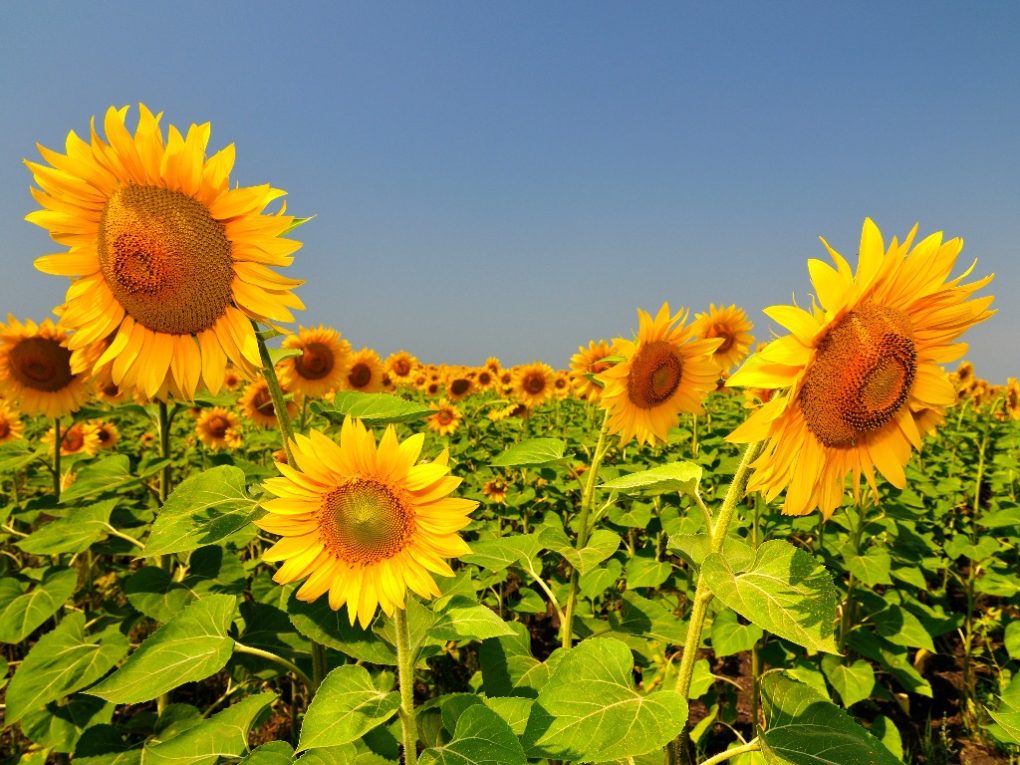
Sunflowers begin to grow in the late summer or early fall, according to the University of Florida. However, this rule has some exceptions, such as perennial sunflowers, which can live for more than one growing season.
While sunflowers may not grow year-round, they are relatively easy to grow and care for during their growing season. You can enjoy these beautiful flowers throughout the summer and fall months with proper planting, watering, and fertilization. Whether you are a seasoned gardener or a beginner, sunflowers are a great addition to any garden or landscape.
Table of Contents
Sunflowers That Grow Year Round
Sunflowers are typically annual plants, meaning they complete their life cycle in one growing season and do not live for more than one year. However, some sunflowers are more tolerant of mild climates and can grow longer, even year-round, in some regions.
For example, the “Peredovik” variety of sunflowers is known for tolerating colder temperatures and shorter growing seasons and may grow year-round in mild climates. Another variety called the “Italian White” sunflower is known for tolerating cooler temperatures. It can grow well in mild climates with well-drained soil and plenty of sunlight.
It’s important to note that while these varieties may be more tolerant of colder temperatures and may grow longer than other sunflower varieties, they are still annual plants and will eventually die off at the end of their growing season.
Tips to Grow Sunflowers Year Round
Right Variety
Choosing the right sunflower variety is an important factor in growing sunflowers year-round. I tried to grow one during its off-season and chose sunflower varieties more tolerant of colder temperatures, especially if you live in a region with mild winters. Some sunflower varieties, such as “Peredovik” and “Italian White,” are known to be more cold-tolerant.
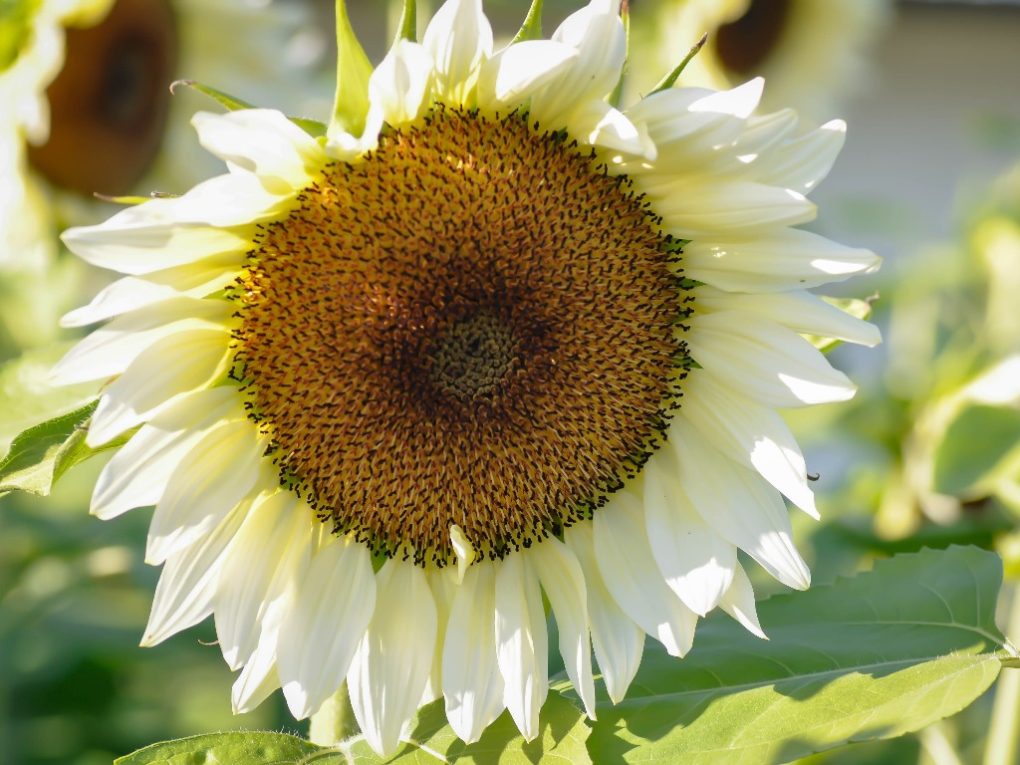
Consider the growth habit of the sunflower variety. Some sunflower varieties, such as dwarf sunflowers, are better suited for growing in containers or smaller spaces, while others, such as the Giant Russian sunflower, can grow up to 14 feet tall. Sunflowers come in various colors, from classic yellow to red, orange, and even dark maroon. Choose a color that suits your preferences or the overall aesthetic of your garden or indoor space.
Some sunflower varieties are more resistant to diseases and pests than others. Choosing a variety resistant to common diseases and pests can help ensure a healthy and thriving plant. Ensure the sunflower variety you choose is readily available in your region or online, so you can easily source the seeds when it’s time to plant.
Grow Lights
Using grow lights is a great way to provide supplemental light for sunflowers, especially if you are growing them year-round indoors or in a region with short winter days. Several grow lights, including fluorescent, LED, and high-intensity discharge (HID) lights, are available. LED grow lights are the most energy-efficient and produce less heat than other grow lights.
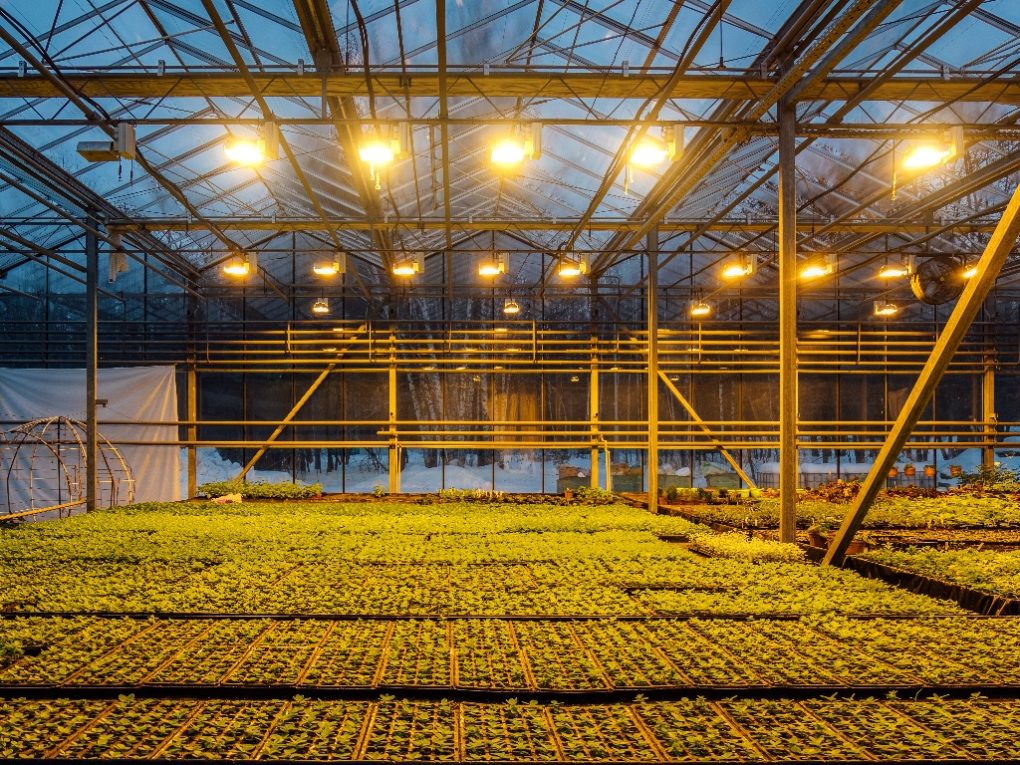
Sunflowers require a lot of light to grow, so make sure the grow lights provide enough light intensity. The recommended light intensity for sunflowers is around 2,000 to 3,000 lumens per square foot. They need around 6-8 hours of sunlight daily to grow properly. Provide at least 12-14 hours daily to ensure the plants receive enough light when using grow lights.
Position the grow lights above the plants at a distance of around 6-12 inches. Adjust the height of the grow lights as the sunflowers grow taller to ensure they are getting adequate light. While sunflowers need a lot of light, they also need a period of darkness to rest and grow properly. Provide a dark period of around 8-10 hours daily to ensure the plants get enough rest.
Fertilize Regularly
Regularly fertilizing sunflowers is important for maintaining healthy growth and ensuring they have the nutrients to produce beautiful flowers. Use a balanced fertilizer that contains equal amounts of nitrogen, phosphorus, and potassium. A 10-10-10 fertilizer is a good option for sunflowers.
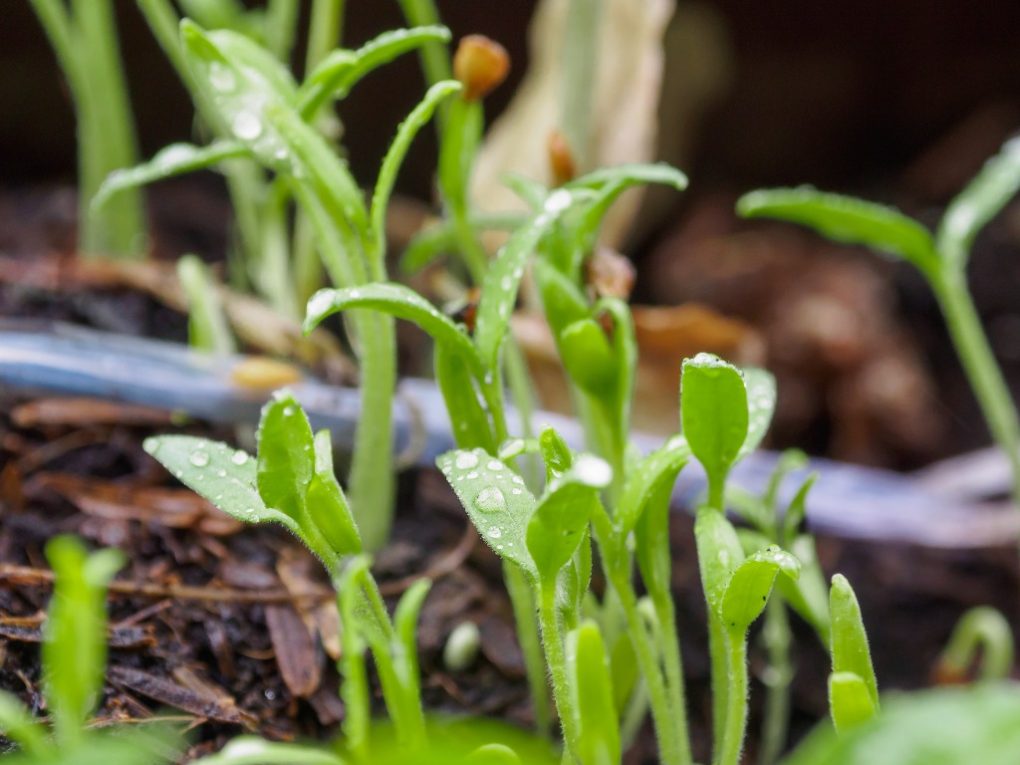
Apply fertilizer early in the growing season, before the sunflowers bloom. This will help provide the nutrients the plants need for healthy growth. Water the plants thoroughly after applying fertilizer. This will help the nutrients to soak into the soil and be absorbed by the plants’ roots.
Fertilize sunflowers every 4-6 weeks throughout the growing season. This will help ensure they have a steady supply of nutrients for healthy growth and flower production. If you prefer organic fertilizers, options like compost, worm castings, or fish emulsion can be good for feeding your sunflowers.
Indoor Growing
Consider growing sunflowers indoors in a region with harsh winters or limited outdoor space. While it can be more challenging than outdoor growing, it is possible.
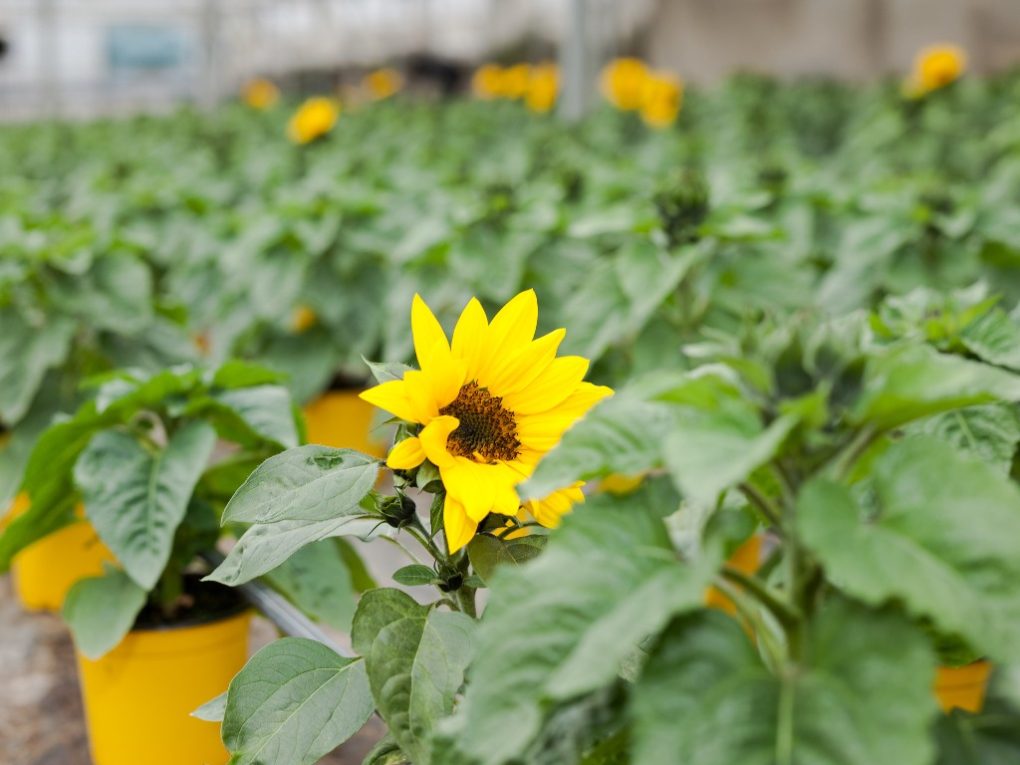
To grow sunflowers indoors, you will need to provide them with plenty of light. A south-facing window is ideal, but you can also use grow lights if necessary. Plant your sunflower seeds in a well-draining potting mix and keep the soil moist but not waterlogged. You can also support the plants as they grow taller.
Remember that indoor-grown sunflowers may not grow as tall as outdoor-grown sunflowers, but they will still produce beautiful blooms that can brighten any room.
Greenhouse Growing
You can easily grow sunflowers year-round if you have access to a greenhouse. Greenhouses provide the perfect growing environment for sunflowers, with plenty of light and warmth.
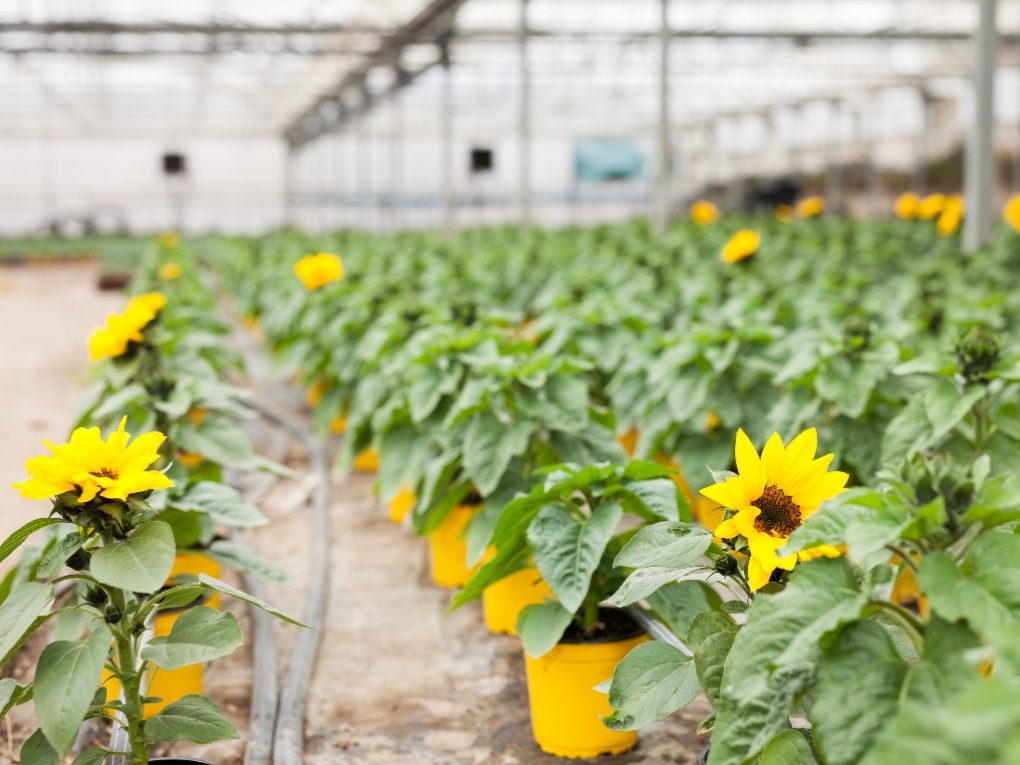
When growing sunflowers in a greenhouse, choosing a variety suitable for indoor growing is important. Dwarf varieties are a good choice, as they do not grow as tall as other sunflowers and are better suited for smaller spaces.
Plant your sunflower seeds in well-draining soil and keep the soil moist but not waterlogged. Provide support for the plants as they grow taller, and make sure to keep an eye out for pests and diseases. You can enjoy beautiful sunflowers year-round, whether growing them indoors or in a greenhouse, with some care and attention.
